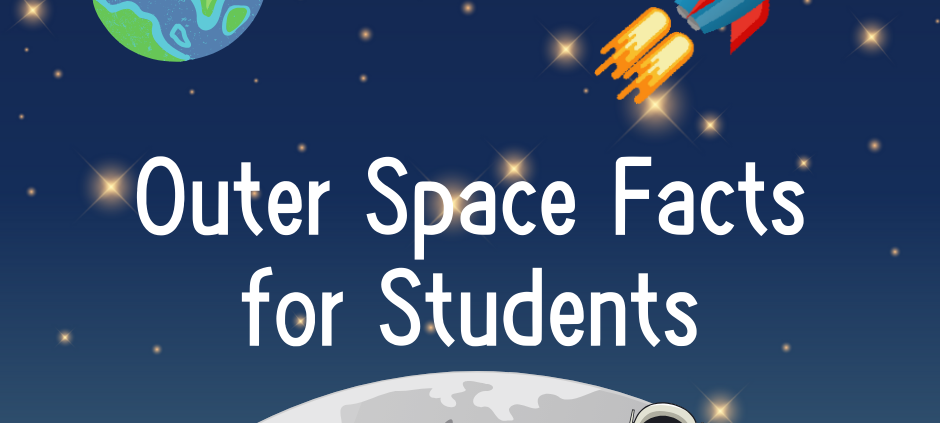Exploring Outer Space: Fun Facts for Curious Young Minds
At Imagine Early Education and Childcare, we love to nurture curiosity and inspire young minds to reach for the stars—literally! Learning about outer space is a great way to ignite a child’s imagination and introduce them to science and exploration. Here are some fascinating outer space facts to share with your children:
- The Sun Is a Star!
The Sun, which lights up our days and keeps us warm, is actually a giant star. It’s a massive ball of burning gases, primarily hydrogen and helium. Even though it’s over 93 million miles away, its light and heat are essential for life on Earth.
- A Day on Venus Is Longer Than a Year
Venus rotates so slowly on its axis that one day on Venus (one full rotation) is longer than one year (one full orbit around the Sun). This makes Venus a very unique planet!
- The Moon’s Surface Is Covered in Craters
The Moon is Earth’s closest neighbor, and its surface is full of craters caused by meteoroids hitting it over billions of years. Since the Moon has no atmosphere to protect it, these impacts leave permanent marks.
- There Are More Stars Than Grains of Sand
It’s estimated that there are more stars in the universe than there are grains of sand on all the beaches on Earth. That’s a lot of twinkling lights!
- Jupiter Is the Biggest Planet
Jupiter is so big that over 1,300 Earths could fit inside it! It also has a giant red spot, which is a massive storm that has been raging for hundreds of years.
- Saturn Has Rings
Saturn’s rings are made of ice, rock, and dust. These rings might look solid from far away, but up close, they’re made of countless tiny pieces, some as small as pebbles and others as large as mountains.
- Astronauts Float in Space
In the weightless environment of space, astronauts can float because there’s no gravity pulling them down like on Earth. They use special straps to stay in place when sleeping or eating!
- Pluto Is a Dwarf Planet
Once considered the ninth planet, Pluto is now classified as a dwarf planet. It’s smaller than our Moon and takes over 248 Earth years to complete one orbit around the Sun.
- Comets Are Like Dirty Snowballs
Comets are made of ice, dust, and rocks. When they get close to the Sun, they heat up and release gas and dust, forming a glowing tail that can stretch for millions of miles.
- Earth Is Special!
Among all the planets we know, Earth is the only one with liquid water on its surface and the perfect conditions to support life. It truly is one-of-a-kind!
Tips for Exploring Space with Your Child
- Visit a Planetarium: Many planetariums offer family-friendly shows that make learning about space fun and interactive.
- Stargaze Together: On a clear night, head outside to look at the stars. Use a simple star chart or an app to identify constellations.
- Read Space-Themed Books: Books like “There’s No Place Like Space” from the Cat in the Hat’s Learning Library can make space fun and accessible for young readers.
- DIY Rocket Crafts: Create a simple rocket ship using household materials to spark creativity and make learning hands-on.
Outer space is full of wonders that inspire curiosity and creativity in children. By sharing these fun facts and activities, you can help your child develop a love for science and exploration. Who knows? You might even be raising a future astronaut!
At Imagine Early Education and Childcare, we’re committed to fostering your child’s love for learning every step of the way. Stay tuned for more fun and educational content to share with your family.



